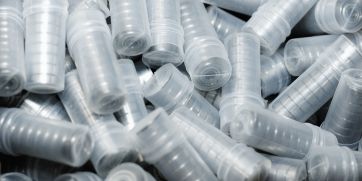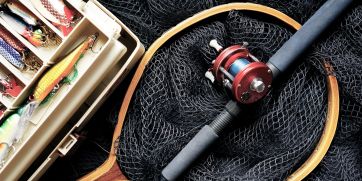 Automation and robotic bearings guide
Automation and robotic bearings guide
Ready or not, automation and robotics are on the rise, playing an important role in modern life. Robotic applications are being used in a variety of industries, including, manufacturing, pharmaceutical, and the food and beverage sector — just to name a few!
More and more companies are utilising robotics in their production lines as automation offers multiple benefits including enhanced productivity, efficiency, and competitiveness.
With such wide adoption of these technologies in various sectors, choosing the correct bearings for these applications is an important decision for manufacturers.
In response, we have created a free downloadable guide explaining how to get the most out of your bearings in robotic applications.
The guide has been written as a useful resource, as we draw on over 30 years of experience in supplying bearings for robotics. We highlight the importance of bearing life and performance for robotic applications, while sharing our knowledge and advice on bearing type, material, and lubrication.
Robotic Bearing applications
It should come as no surprise that automation and robotics are transforming the manufacturing industry.
Industrial robots are often employed in manufacturing facilities to help with mass production, take on repetitive tasks, and mitigate the risk of injury for workers. Every component inside these machines must contribute to maintaining precision, and this cannot be achieved without the correct bearings.
That’s why it’s important the bearings you use in robotic applications are high precision, high speed, with good rotational accuracy and reliability. For example, articulated robotic arms require miniature bearings or thin section bearings, so be sure to choose the correct bearing by reading our guide.
What’s more, our guide also explains how to look after your bearings in different operating conditions — for example, the medical, marine, and food and beverage sectors point out the most common factors that cause premature bearing failure, while sharing useful tips on maintenance routines and material selection.
In this section of our guide, we describe how to protect your bearings from contamination and describe which bearing materials work best in various operating temperatures.
If you’re torn between choosing grease or oil, ceramic or plastic bearings, our guide will explain what works best. Get the most out of your robotic investment and download your free guide today.
Frequently asked questions
In this guide, we also answer the most frequently asked questions related to automation and robotics.
-
How do ball bearings reduce friction in robotic applications?
-
Where are thin section bearings used for?
-
Can I get specialist advice on selecting bearings for my robotic application?
Need to know more? Download your free guide here. Alternatively, contact SMB Bearings on +44 (0) 1993 842 555 or sales@smbbearings.com.












.jpg)


.png)